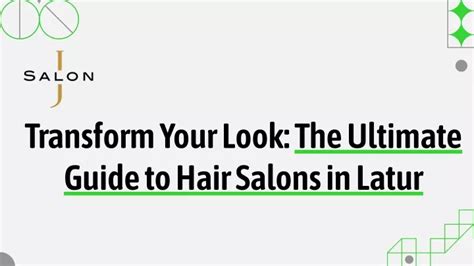With an estimated 50% of women in the United States wearing hair extensions, it’s clear that sew-in hair is a popular choice for achieving a voluminous, glamorous look. But navigating the world of sew-in hair can be overwhelming, especially if you’re new to the technique. This comprehensive guide will delve into the intricacies of sew-in hair, from choosing the right hair type to maintaining your extensions.

What is Sew-In Hair?
Sew-in hair involves attaching hair extensions to your natural hair using a needle and thread. This technique creates a secure bond that allows you to wear the extensions for several weeks or even months. Sew-in hair offers numerous benefits, including:
- Adds volume and length to your hair
- Creates a variety of styles, from sleek and straight to voluminous and bouncy
- Protects your natural hair from heat damage and styling tools
- Provides a solution for hair loss or damage
Choosing the Right Hair Type
The first step in getting sew-in hair is choosing the right hair type. There are two main types of hair used for sew-ins: human hair and synthetic hair.
- Human Hair: Human hair is more expensive than synthetic hair, but it looks and feels more natural. It can be styled with heat tools and lasts longer than synthetic hair.
- Synthetic Hair: Synthetic hair is more affordable than human hair, but it doesn’t look as natural and can’t be styled with heat tools. However, it’s easier to maintain and can last up to six months.
Installation Methods
There are several different methods for installing sew-in hair. The most common methods include:
- Weaving: This method involves braiding your natural hair into cornrows and sewing the hair extensions onto the braids. It’s a time-consuming method, but it creates a secure and long-lasting hold.
- Bonding: This method uses glue or tape to attach the hair extensions to your natural hair. It’s quicker than weaving, but the bond may not be as strong.
- Micro-Linking: This method involves attaching small metal rings to your natural hair and using those rings to attach the hair extensions. It’s a less damaging method than weaving or bonding.
Maintenance and Care
To keep your sew-in hair looking its best, you’ll need to maintain it properly. Here are some tips for caring for your sew-in hair:
- Wash your hair regularly: Wash your hair every 7-10 days with a sulfate-free shampoo. Avoid using hot water, as it can damage the hair extensions.
- Use a conditioner: After washing your hair, apply a conditioner to help detangle and moisturize the hair extensions.
- Brush your hair gently: Use a wide-tooth comb or brush to detangle your hair extensions. Avoid brushing too vigorously, as this can cause breakage.
- Avoid heat styling: Heat styling tools can damage hair extensions. If you must use heat, apply a heat protectant spray to your hair first.
- Get regular trims: As your natural hair grows, the tracks of the hair extensions will become exposed. Get regular trims to remove the excess growth and keep your hair extensions looking fresh.
Common Mistakes to Avoid
Here are some common mistakes to avoid when getting sew-in hair:
- Getting too much hair: Too much hair can weigh down your natural hair and cause damage. Start with a small amount of hair and add more if needed.
- Not caring for your hair: Sew-in hair requires maintenance to keep it looking its best. Neglecting to wash and condition your hair can lead to matting and breakage.
- Using improper installation techniques: Using improper installation techniques can damage your natural hair. Always consult with a professional hair stylist if you’re unsure about how to install sew-in hair.
- Over-styling: Over-styling can damage hair extensions. Avoid using harsh chemicals or tight hairstyles that can put stress on the hair.
Pros and Cons of Sew-In Hair
Pros:
- Adds volume and length to your hair
- Creates a variety of styles
- Protects your natural hair from heat damage
- Provides a solution for hair loss or damage
Cons:
- Can be expensive
- Requires maintenance
- Can be uncomfortable to sleep in
- May cause damage to your natural hair if not installed properly
Conclusion
Sew-in hair is a versatile and effective way to transform your look. By following the tips in this guide, you can choose the right hair type, maintain your extensions properly, and avoid common pitfalls. With proper care, you can enjoy the benefits of sew-in hair for months to come.
